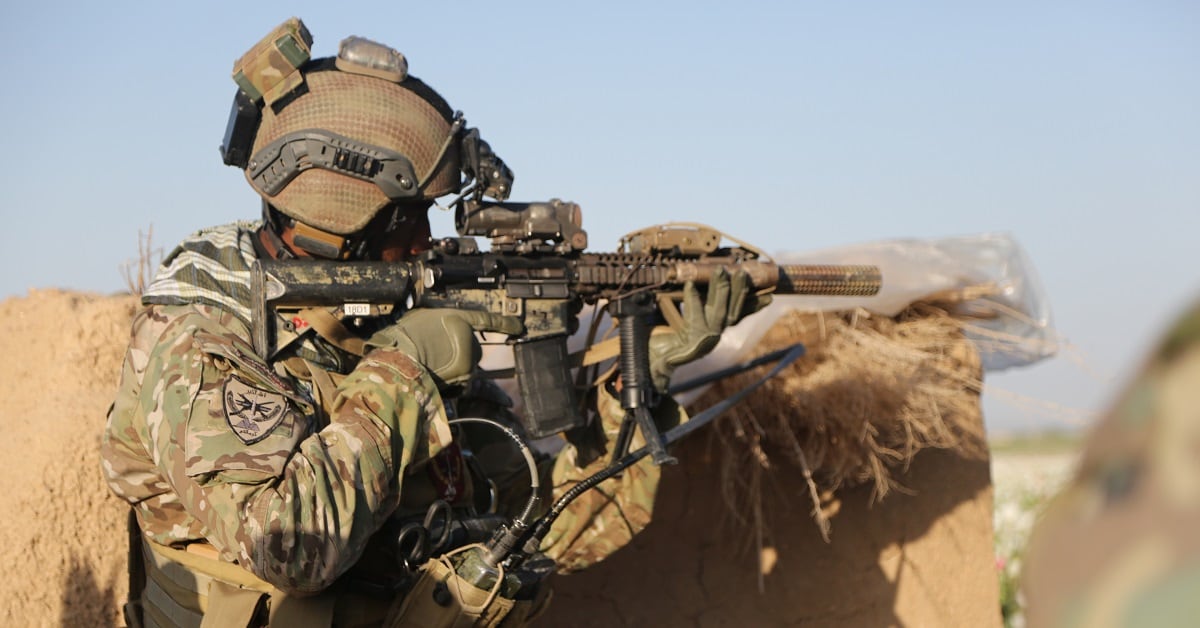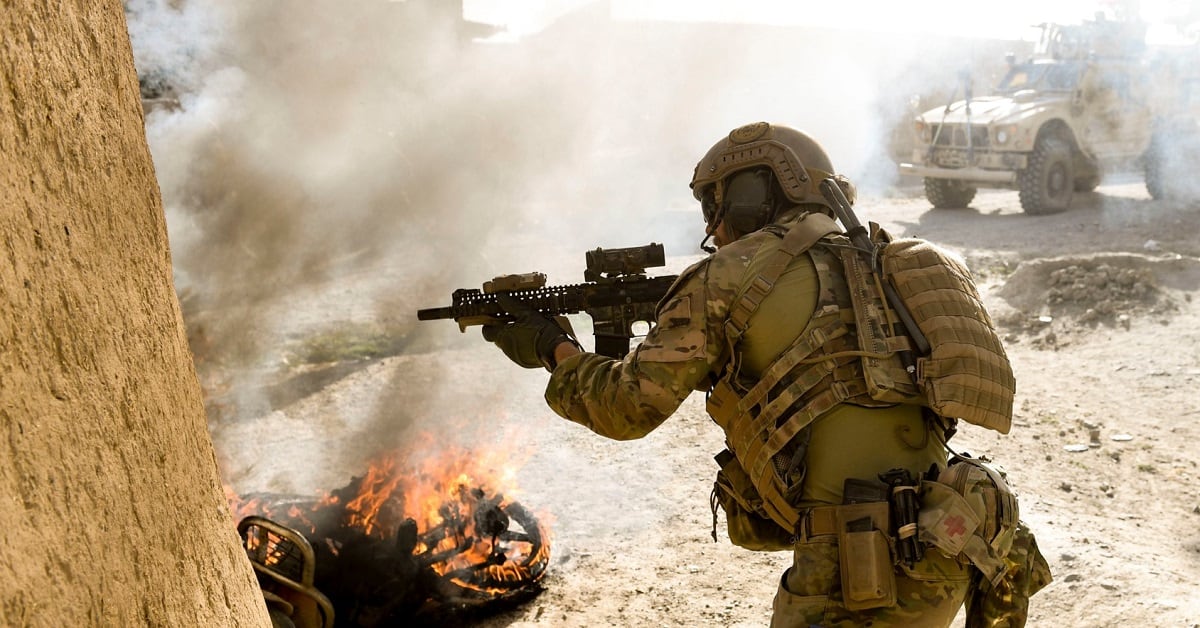Following a weekend attack on the strategic Afghan city of Ghazni, Afghan forces backed by the U.S. Air Force and Army were able to largely secure the urban area, but rural district centers continue to fall.
“Ghazni City remains under Afghan government control. No reported enemy activity has occurred thus far today," Lt. Col. Martin O’Donnell, a spokesman for U.S. forces in the country, said in a statement early Tuesday morning. “That said, some Taliban forces remain in the city. These insurgent forces do not pose a threat to the city’s collapse.”
However, just as the Ghazni City battle appears to be tapering off, several district centers in the surrounding province also fell to the Taliban.
“What we observed, as these Afghan-led operations drove a large portion of Taliban from the city over the last day or so, was the retreating Taliban attacking the more vulnerable surrounding districts, which Afghan forces are reinforcing," O’Donnell said.

NATO’s Resolute Support mission has lent assistance to the Afghan-led clearance operation, he added. Task Force-Southeast, U.S. Special Forces and the U.S. Army’s 1st Security Force Assistance Brigade soldiers are providing advice on clearance operations and combined-arms integration.
“From a U.S. Forces-Afghanistan perspective, U.S. airpower has killed more than 220 Taliban since [Friday],” O’Donnell said. “In addition to the initial strike on Friday, U.S. forces conducted five strikes Saturday, 16 strikes Sunday, 10 Monday and none thus far today [Tuesday].”
“Also, AH-64s from the 101st Airborne Division (Air Assault) Combat Aviation Brigade provided close-air support on Friday, Sunday and Monday,” he added.
RELATED

The Afghan National Army’s 203rd Corps, the Afghan National Police’s 303rd Zone and Afghan Special Security Forces are currently conducting clearing operations to find remnants of the Taliban within the city.
Over the weekend, members of the Afghan National Army Commando Corps were routed in their own defense of a district within Ghazni province. Afghan commandos are considered an elite unit that rarely lose against the Taliban. Their failure to defend the city may hint that the commandos are overworked.
In August 2017, the New York Times reported that the Afghan commandos comprised roughly 7 percent of the Afghan National Defense and Security Forces, but they did more than 70 percent of the actual fighting.
The U.S. military has been helping the Afghan commando battalions double in size in order to keep up with the unit’s demand in-country.
The assault on Ghazni City came several months after the Taliban launched a similar assault on Farah City in the western part of the country. During that attack, too, Taliban fighters emerged from rural areas that the government does not fully control to attack major urban areas.
At the Farah City fight, the U.S. Air Force dispatched A-10 Warthogs and MQ-9 Reapers to hold off Taliban forces who had penetrated the city’s defenses. The Warthogs reportedly only conducted shows-of-force, while the Reapers were forced to drop weapons multiple times.
The Farah City assault was ultimately repelled, but the Taliban claimed it a success. While the Afghan forces appeared to be reacting to coordinated assaults, the Taliban looked unified, and highlighted the Afghan government’s inability to defend major urban areas from the outset of an assault.
Meanwhile, U.S. and Afghan government officials continued to call for a negotiated settlement.
“Clearly the Taliban have paid no heed to the Afghan people’s calls for them to reconcile and join the peace process,” O’Donnell on Monday.
Kyle Rempfer was an editor and reporter who has covered combat operations, criminal cases, foreign military assistance and training accidents. Before entering journalism, Kyle served in U.S. Air Force Special Tactics and deployed in 2014 to Paktika Province, Afghanistan, and Baghdad, Iraq.




